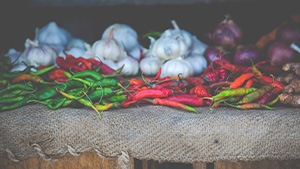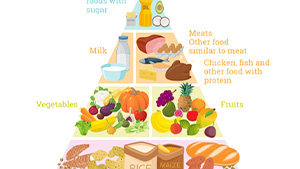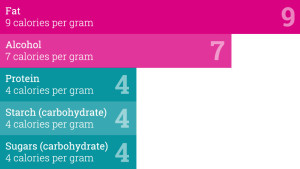FOOD LABELLING
All pre-prepared packaged foods and drinks manufactured, processed, prepacked or packed in Tanzania must clearly display food labels on the pack – this is mandatory under the Food Labelling Regulations 2006 (38). In addition, any language may be used on a food label provided that it is used in combination with Kiswahili and English languages.
When it comes to sugars, below you’ll find some useful information about where you can find out just how much are in a product.
INGREDIENTS LIST
You’ll find the ingredients label on the front or back of pack. Where food contains more than one ingredient, all the ingredients will be listed in order of ingredients by weight (m/m) at time of manufacture… (m/m) at time of manufacture of the food. As set out in the Regulations, the percentage or proportionate composition of each ingredient in the product may also be displayed (39).
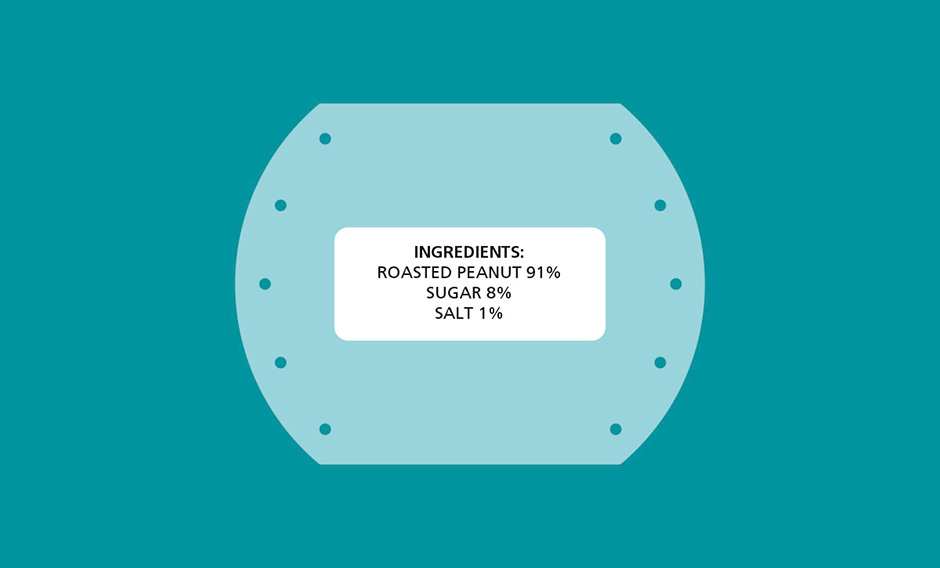
If you see ‘sugar’ listed, then it is the same type of sugar that you buy in shops and use in your home (sucrose). There may also be other ingredients that contain sugars such as fruit, fruit juice or other sugar ingredients e.g dextrose or glucose.
NUTRITIONAL INFORMATION
The second place you will be able to find out about sugars is on the nutritional information panel, also displayed on the pack. Although the nutritional label is not a mandatory requirement, other products may display it to help you understand the nutrient and calorie count.
This label can be found typically on the back or side of pack and will list the major nutrients in a product, including energy (in kilocalories (kcal), known as calories), and the amounts of fat, carbohydrates, sugars, protein and salt. Some products also show the nutrient content in terms of per portion as a percentage of the Daily Value.
Sugars will be listed as carbohydrates (which usually include both starches and sugars) and will use the phrase “of which total sugars” to show how much sugars there are per 100g/100ml of product. The label may also reference % of Daily Value.
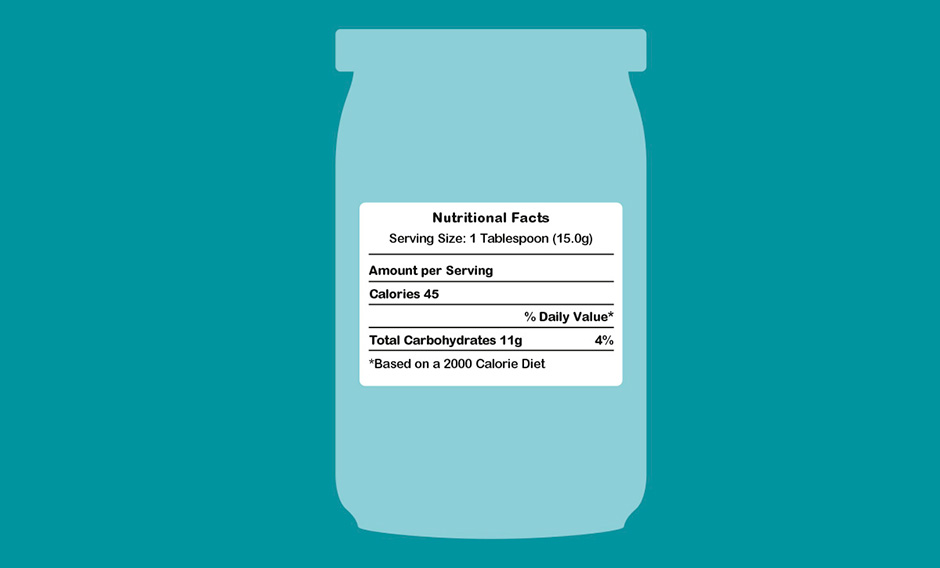
Identifying ‘added sugars’
We often get asked about identifying ‘added sugars’ (ie. sugars that have been added during food and drink manufacturing). It is not possible to distinguish naturally occurring sugars from added sugars in a laboratory given that they are the same molecule. However, some countries are exploring how ‘added sugars’ could be calculated and shown on labels. For example, the US has started to introduce ‘added sugars’ on the labels of pre-packaged food and drink products, and the US Food & Drug Administration (FDA) is continuing to work with manufacturers to meet these new labelling requirements. ‘Added sugars’ are calculated based on product manufacturers’ proprietary recipes as a baseline.
| SUGAR FACTS |
|---|
| There is no such thing as 'hidden sugar'. It must always be declared on the food label. |
| Added sugars (also known as free sugars) are those used in manufacturing or added by the cook or consumer. Naturally occurring sugars are those found naturally in a product e.g. fruit or vegetables |

